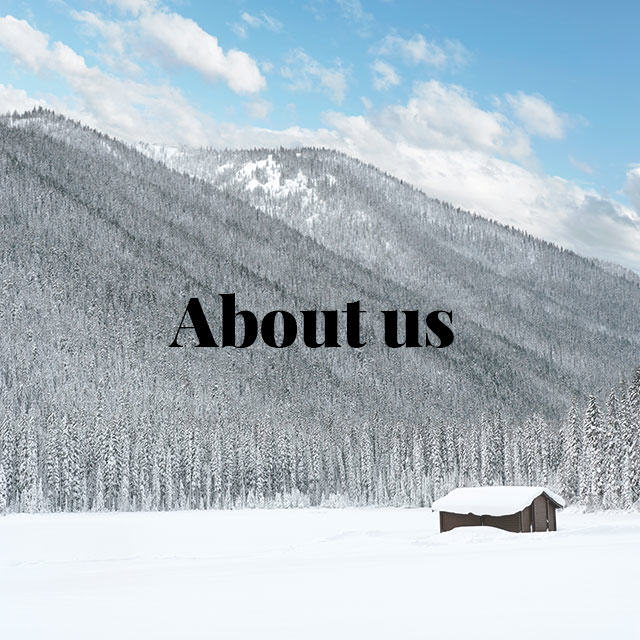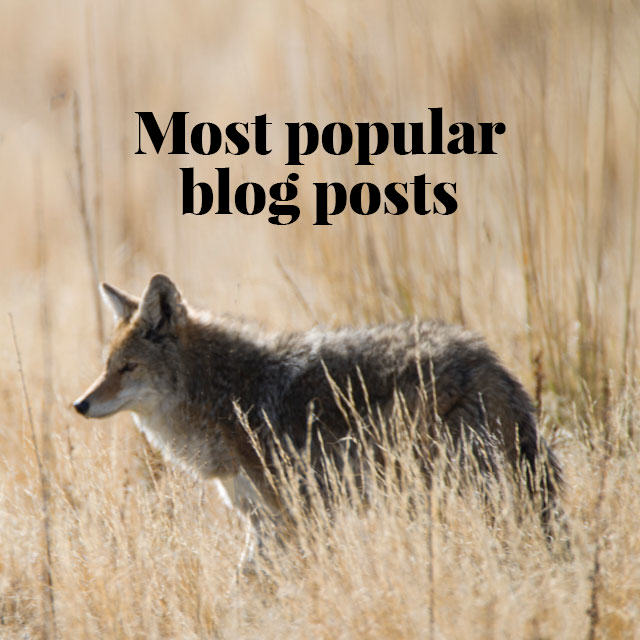
I can understand why some people might think that, especially if they are not aware of how profoundly we have transformed and encroached on the landscape across this country. This is no longer a “natural” environment and we cannot dodge our responsibilities to restore some sort of balance to a system that has been radically disrupted.
Biologists often talk about the “carrying capacity” of a natural habitat. But today we also have to think about the “societal carrying capacity” – in other words, how many animals and what types of animals are we ready to tolerate in close proximity?
Coyotes and foxes are snatching pet dogs and cats from people’s backyards in many towns and cities. Moose and deer are colliding with cars, causing serious injuries. Beaver flood forests and roads, fields and property; raccoons and other species carry dangerous diseases and parasites, including rabies and intestinal roundworm.
We co-exist in close proximity with wildlife in much of our country and we must maintain some sort of balance. In this context, trapping is an essential conservation tool to help maintain stable and healthy wildlife populations in a responsible way.
Answer by :
Further information










